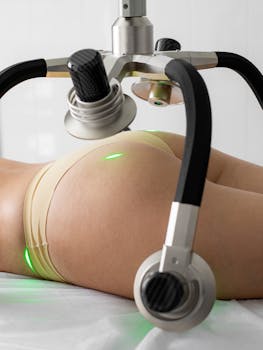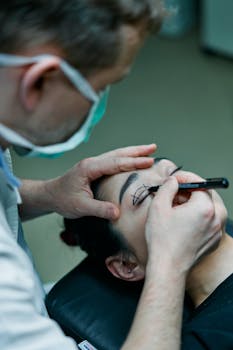Interest in a breast booster has grown alongside a surge of products and procedures marketed to enhance chest fullness. Whether you’re evaluating topical creams, supplements, exercise plans, or surgical options, it helps to separate marketing claims from evidence-based information. This guide summarizes common approaches, expected results, safety considerations, and how to set realistic goals so you can make an informed choice.
Breast-boosting options: non-surgical and surgical
Options range from lifestyle techniques to invasive procedures. Non-surgical approaches—massage, targeted chest exercises, posture work, and some topical products—aim to improve muscle tone or temporarily alter appearance. Supplements and creams often promote natural tissue stimulation, but scientific support is limited. Surgical routes include implants and fat transfer, which produce more predictable increases in size but carry greater risks and downtime.
Common non-surgical approaches
- Chest exercises: Push-ups, chest presses, and resistance training strengthen the pectoralis major beneath breast tissue. Stronger chest muscles can create a firmer, slightly more lifted look but do not directly increase glandular breast tissue.
- Massage and posture: Regular massage may temporarily change circulation and tissue pliability; improving posture can make the bustline appear fuller without changing anatomy.
- Topicals and supplements: Many products claim to breast expand tissue or stimulate growth. Ingredients like phytoestrogens are often cited, but clinical evidence is sparse and variable. Use caution and consult a clinician before starting supplements.
Surgical options and effectiveness
Surgery remains the most reliable way to significantly change size and shape. Breast implants (saline or silicone) offer immediate, controllable volume changes. Fat grafting transfers your own tissue for a more natural augmentation but may require multiple sessions. Recovery, scarring, and procedure-specific risks should be discussed thoroughly with a board-certified plastic surgeon. For an overview of implant types and considerations, reputable sources like the literature on surgical options can offer background information: breast implant overview.
What results can you realistically expect?
Non-surgical methods may provide subtle, incremental improvements in shape, posture, and firmness. Expect modest cosmetic changes rather than a dramatic enlargement. Surgical methods give predictable volume increases; however, appearance also depends on chest wall anatomy, skin elasticity, and implant type or graft volume. Recovery timelines differ: non-surgical changes may appear within weeks to months, while full surgical results evolve over months as swelling subsides and tissues settle.
Risks, side effects, and safety
Non-surgical options generally carry low medical risk but can lead to skin irritation, allergic reactions to topical agents, or adverse effects from unregulated supplements. Surgical risks include infection, implant rupture, capsular contracture, anesthesia complications, and scarring. Always verify practitioner credentials and follow-up care plans. If considering any product or procedure that claims rapid enlargement or dramatic results, seek evidence and professional advice—especially when claims sound too good to be true.
Decision factors to weigh
- Desired degree of change: small improvements vs. noticeable size increase.
- Willingness to accept surgical risks and recovery time.
- Budget and potential need for future procedures or maintenance.
- Evidence base: prioritize interventions supported by clinical data or professional guidelines.
For related articles on beauty routines and newer technologies that support skin and contouring goals, see this complementary piece: descriptive anchor text.
- Takeaways: Consider goals, evidence, and safety before choosing an approach.
- Takeaways:
- Non-surgical methods can improve shape and tone but rarely produce large size changes.
- Surgical options offer the most predictable enlargement but come with higher risks and recovery needs.
- Evaluate product claims critically and consult licensed healthcare professionals about supplements or procedures.
Q: Can creams or pills truly increase breast size?
A: Most topical creams and over-the-counter supplements lack robust clinical evidence for meaningful, permanent size increases. Some ingredients may alter tissue temporarily or affect appearance, but results are generally modest and inconsistent. Always consult a healthcare provider before starting supplements, especially if you are pregnant, breastfeeding, or taking other medications.
Q: How long until I see results from non-surgical methods?
A: Timelines vary. Exercise and posture improvements can be noticeable in weeks to months as muscle tone changes. Topicals and massage may produce temporary alterations sooner, but long-term change is unlikely without continuous, consistent application and realistic expectations.
Q: What questions should I ask a surgeon if considering surgery?
A: Ask about surgeon credentials and board certification, complication and revision rates, implant options or fat graft expectations, detailed recovery timelines, before-and-after photos of similar cases, and long-term follow-up care. Understanding both aesthetic goals and potential risks is essential for a safe outcome.






